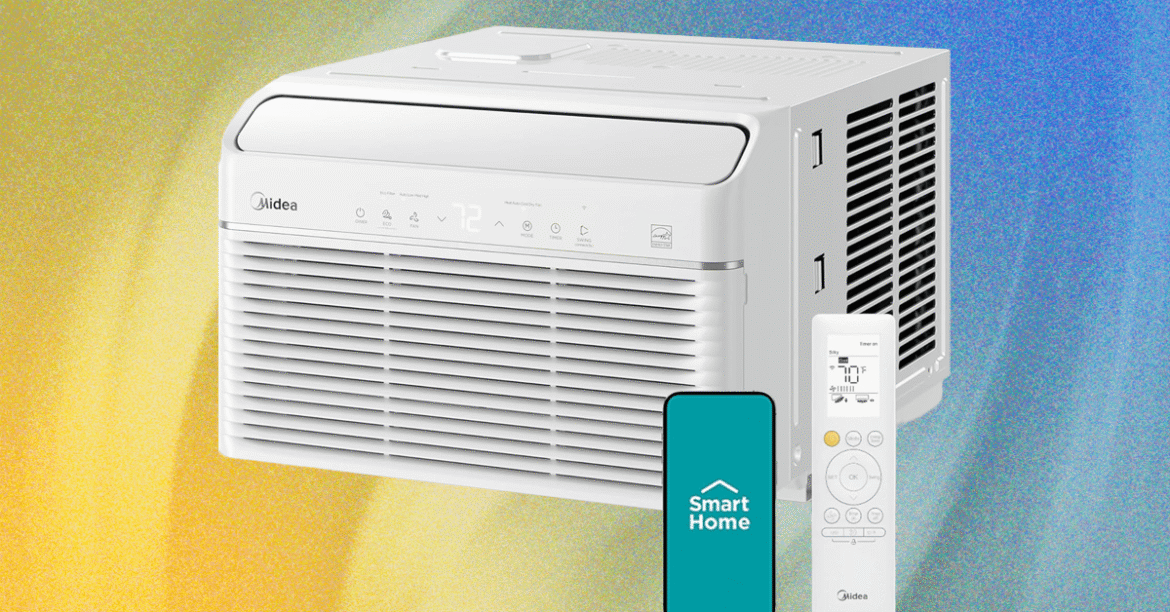Today at the PC Gaming Show, CampFire Studio and Qooland Games announced that Soulmask, currently in Early Access, will fully launch in Q4 of 2025 alongside the Shifting Sand DLC.
Today at the PC Gaming Show, and following a milestone of over 700,000 players in Early Access, Soulmask revealed the highly anticipated launch trailer for Shifting Sands Egypt DLC, transporting players deep into a unique ancient Egyptian world that blends mysticism with sci-fi. Soulmask v1.0 and DLC will release together globally in Q4 2025.Presented in striking cinematic style, the trailer takes players on a breathtaking journey across desert sands, forgotten tombs, and temples steeped in the whispers of gods. From mind-bending aerial shots of golden dunes to daunting close-ups of new bosses and monsters, the reveal showcases a daring new blend of history, mythology, and sci-fi.
In Shifting Sands, ancient myths collide with alien technology. Players will equip the masks of Horus, Anubis, Amun-Ra, and Sobek, unleashing godlike abilities that may redefine combat and exploration. Anti-gravity solar ships hint at a new survival meta: Craft and assemble modular ships to traverse deserts, rivers, and the skies, expanding possibilities far beyond traditional sandbox play.
Together, these elements set the stage for the DLC’s key features:
Egyptian Gods’ Themed Masks – Each with unique, extraordinary abilities, such as Horus, the sky god, who can fly and control the sky; Anubis, the guardian of the underworld, who can resurrect; and masks incorporating alien technology that manipulate gravity for enhanced combat and exploration.
Anti-Gravity Solar Ships & Floating Bases – Modular construction with weight & module limits for strategic depth.
Harsh Survival in the Scorching Lands – Explore ancient Egyptian-inspired new biomes with dynamic day-night cycles and harsher survival challenges, fully immersing players in the style and atmosphere of Egypt’s legendary landscapes.
At its core, Soulmask: Shifting Sands draws inspiration from Ancient Egypt’s philosophy of the afterlife. The game’s central theme of “soul transfer” and “immortality through masks” echoes mummification rituals, Ra’s solar barque, and the eternal cycle of death and rebirth. This mythological depth intertwines with sci-fi mystery, inviting players to uncover how forgotten dynasties, alien relics, and divine power coalesce into one living mythos.
The DLC arrives as Soulmask reaches a milestone moment: its full 1.0 release. For a detailed look at the development journey and what’s new in version 1.0, check out the official developer log here.
The update introduces three game modes — Survival, Management, and Hero — giving players freedom to focus on exploration, tribe building, or high-stakes combat. Tribe AI is smarter and more specialized, with better job assignments and a new training system that lets tribesmen learn from each other. Players can issue text or even voice commands for a more immersive connection with their tribe. Mask progression has been reworked with a new tutorial and tribe-level system tied to “civilization rebuilding” quests, while the improved management interface offers real-time oversight of storage, production, and logistics. Together, these upgrades make Soulmask v1.0 the most advanced and feature-rich survival sandbox to date.
With over 80% positive reviews in Early Access, and the well-praised Sanxingdui DLC, with 95% positive reviews on Steam, Soulmask has cemented itself as a survival sandbox innovator. Now, with Shifting Sands, it takes aim at bridging historical authenticity and speculative science fiction in ways unmatched within the genre, setting it apart from peers in the genre.
Soulmask: Shifting Sands launches worldwide alongside Soulmask v1.0 in Q4 2025 for PC. Fans can experience the base game now in Early Access via Steam, now available at a 30% discount.
For more on Soulmask, stay tuned to GamingTrend.
Share this article
The link has been copied!
Affiliate Links










